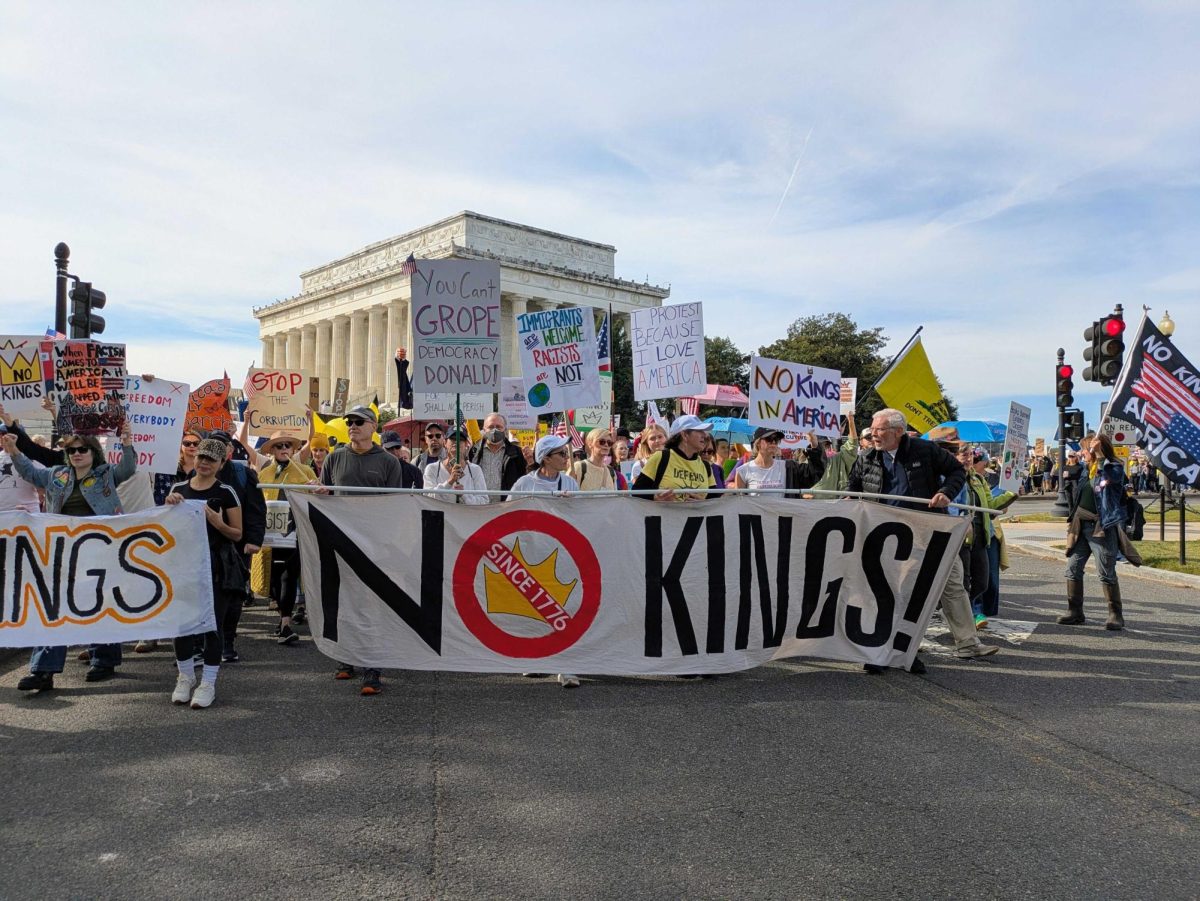Do trigger warnings have a place in literature?
Books prove to be equally as traumatizing as censored counterparts
October 19, 2021
For my Young Adult Literature class, we took a trip to Barnes & Noble for a presentation from the long-term store manager Holly Noble about the book sales for the company and for the Peach Street location over her decades with the company.
In our tour of the lower-level of the store, there were tables of popular books amongst young adult readers grouped in accessible and attention-drawing locations.
In my search for a new book to add to my collection, I stumbled upon a pretty pink book titled “Girl in Pieces.”
After reading the synopsis provided on the back of the book by the author and critics, I decided it would be a good fit for me.
The back cover read, “Charlotte Davis is in pieces. At seventeen she’s already lost more than most people do in a lifetime. But she’s learned how to forget. The broken glass washes away the sorrow until there is nothing but calm. You don’t have to think about your father and the river. Your best friend, who is gone forever. Or your mother, who has nothing left to give you. Every new scar hardens Charlie’s heart just a little more, yet it still hurts so much. It hurts enough to not care anymore, which is sometimes what has to happen before you can find your way back from the edge.”
Maybe I didn’t read enough into it. Or read any sort of review before purchasing the title.
However, I wish I had.
Within the first 11 pages, I was compelled to return to the front desk of the store and return the book, as it had very graphic and blunt conversations about mental illness, self-harm, suicide and a psychiatric facility, just within the first pages of the novel.
This jarring experience made me wonder: why wasn’t I warned?
The pink cover was so inviting.
The synopsis seemed so relatable.
Perhaps I missed the signs.
Daily we are warned by television shows and movies about their graphic content and given the “viewer discretion is advised” warning.
Why must we search for these warnings for books?
There is a website called “Book Trigger Warnings,” where you can search titles and topics to avoid upsetting material.
This courtesy given to visual entertainment or explicit advisories for music should also be respected in the literary world, as some books can be more graphic and detailed than their visual or audial counterpart.
There are, of course, banned books lists for libraries and school curriculums, but with novels marketed to be pleasing to the eye and inviting to the buyer, content warnings could deter the reader, which is likely why it hasn’t made an appearance.
This poses the question of the reasons why this development has been put off for so long.
For profit purposes?
Spoiling the story?
I was not in the right headspace to experience that book and its content. And a simple content warning only the front or back cover could have saved me the unwelcomed experience, and likely similar interactions with the text experienced by others.
ALI SMITH






